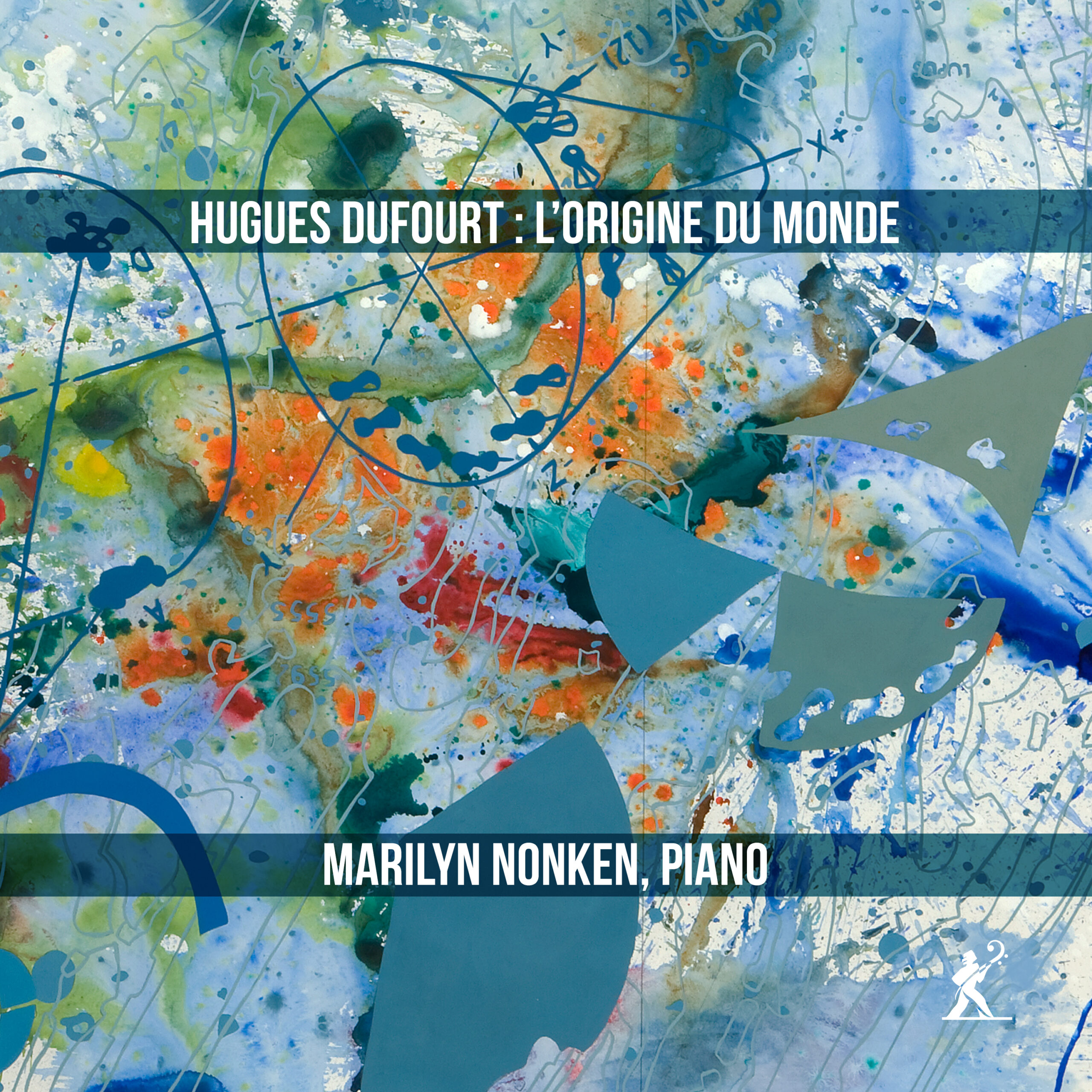Diapason
With its twelve well-tempered tones, the piano is poorly suited to the experiments with partials so dear to the spectral music of Hugues Dufourt (who coined the term). Thus, it is in the only work for piano and ensemble on this disc, L’Origine du monde after Courbet, that the writing most closely embraces the stylistic markers of spectralism.
Distortion and contraction of time contribute to this sonic gestation inaugurated by the emblematic Surgir (1984) for orchestra. The gongs of the NYU Contemporary Music Ensemble, whose interventions are moderated by Jonathan Haas, act as an extension of the soundboard.
Another “specter” haunts the rest of the program: that of Romanticism, from Schubert (via Goethe) first and foremost. It is tempting to perceive the obsessive formulas of An Schwager Kronos as an echo of the short cells that preface Schubert’s lieder. Marilyn Nonken does not hesitate to delve deeper into contrasts – even if it means generating impure resonances – where Dominique My (Accord, 1997) favored a more contemplative atmosphere.
The violence of Rastlose Liebe is perfectly rendered by the American pianist, even if one might prefer the more torrential and tense gesture of Jean-Pierre Collot (Winter & Winter, 2020), better recorded.
Meeresstille has something of a disjointed barcarolle; the urgent calls instill, over sixteen minutes, a kind of unease that is well brought out by Marilyn Nonken’s harsh touch. Reducing her palette to a monochrome, she fuses hues, distributing shadows and accents.
The musical transposition of Courbet’s L’Origine du monde finds its extension in La Fontaine de cuivre après Chardin, with its naturally coppery reflections. With Debussy’s Tombeau, the color palette darkens and the decantation operates on the entire keyboard.
An excellent introduction to Dufourt’s piano works. © 2025 Diapason
@divineartrecordingsgroup
A First Inversion Company
Registered Office:
176-178 Pontefract Road, Cudworth, Barnsley S72 8BE
+44 1226 596703
Fort Worth, TX 76110
+1.682.233.4978












